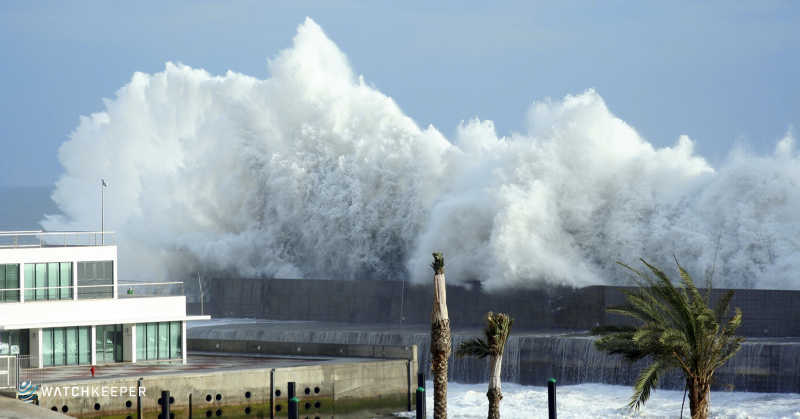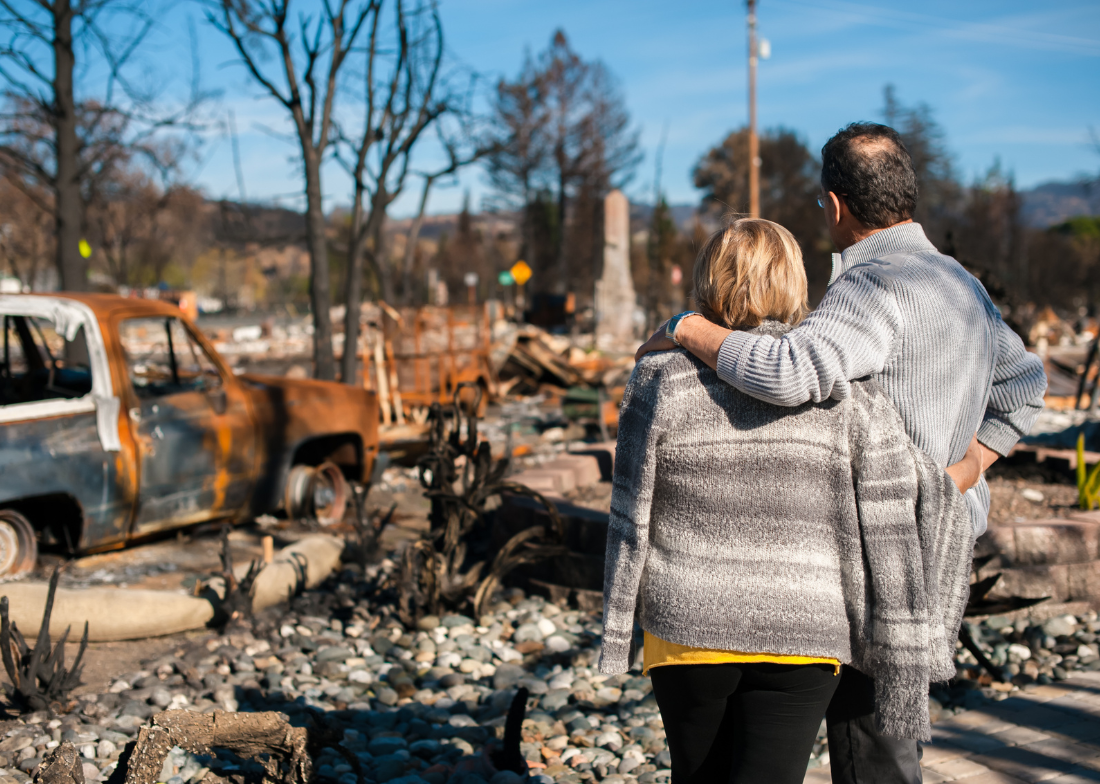Storm Surge and Climate Change 101
Victoria Whalen, ACE Fellow
|January 6, 2022

PHOTOGRAPH BY JESSICA SUMMER BOUDREAUX, MYSHOT/ National Geographic
Over the years, hurricane season gets bigger and badder and when strong winds and rain appear, storm surges are to follow. Climate change has exacerbated these weather phenomena into climate change supervillains. As sea levels continue to rise, coastal zones are becoming increasingly more vulnerable to these disasters. Storm surges cause billions of dollars in damages to property, cause exponential loss of life, and are washing away some of our most important ecosystems.
What are Storm Surges?
Storm surges are a weather phenomenon that occurs when there is an abnormal rise in sea level during a storm that propels the seawater to push inland. These surges are most often correlated with hurricane season and act as a byproduct of natural disasters. Depending on the conditions surrounding the surge, these can cause more damage to their surroundings than the storm or hurricane itself.
Now, let’s break down the science behind it. Storm surges are produced when seawater is forced onto the coastal shore by the force of the winds that are created during a storm or hurricane. Surges are particularly hard to track and their damage is hard to pre-calculate because there are multiple factors that can impact the range and scale of the surge:
- The greater the storm intensity, the greater the surge
- Atmospheric pressure
- Shape and characteristics of the coast
- Examples include: bays, estuaries, and wetlands
- Size and speed of the winds
- Slope of the continental shelf
- If the slope is shallow, then the greater the storm surge

Climate Change and Storm Surges
As we advance in science and technology, we begin to understand more about the consequences of climate change and the effects of global warming. As the ocean gets warmer, the water expands and this is what leads to sea level rising. By 2050, scientists have projected that sea level will rise a further 15-25 cm. This rise in sea level has contributed to many island nations being completely submerged, poor crop production due to saltwater infiltration, and many other dangers. In terms of storm surges, if the sea level rises, so do tidal lines, thus storm surges become larger and much more powerful.
Bays, marshes, wetlands, and estuaries are great climate change protectors, however, they are often ravaged by the sudden intake of saltwater from the surge. Other than filtering pollutants, stabilizing shorelines, being carbon sinks, and acting as a buffer system, these ecosystems house many different types of keystone species. If any keystone species is wiped out, it would drastically change and potentially collapse the entire ecosystem.
Impacts of Storm Surges
Coastal zones are massive targets that keep getting hit by climate consequences. In the United States, almost 40 percent of the population lives in relatively high-population-density coastal areas. As stated by the United Nations Atlas of the Oceans, globally, eight of the world’s 10 largest cities are near a coast. Water weighs approximately 1,700 pounds per cubic yard–that weight, plus the force of the winds and waves is able to demolish any structure or building that wasn’t built to withstand those forces. When Hurricane Sandy hit New York and New Jersey in 2012, the infrastructure was not built to withstand these forces and the storm surge resulted in over $2 billion in damages
Almost 40% of the population lives in relatively high-population-density coastal areas. Eight of the world’s 10 largest cities are near a coast.
United Nations Atlas of the Oceans
Another serious impact is flooding. Flooding is responsible for most deaths and economic damage associated with tropical cyclone landfalls. Hurricane Katrina, which hit in 2005, flooded communities in Louisiana and Mississippi that resulted in the death of over 1,500 people, caused millions of dollars in damages and left a permanent mark on the community and nation.
Want to learn more?
Want to read more? Check out the ACE Blog.
Join our Youth Action Network
More Blog Posts
Driving India towards self sufficiency and freedom from oil
India can shield itself from oil-price shocks and global pressure over Russian barrels by leaning harder into two strengths it …
Read More
Unnatural, Not Unprecedented
For two weeks, residents of Southern California endured a waking nightmare. Parents raced against time – hurrying down the driveway …
Read MoreCrafting a Vision for the Future: My Experience at LCOY USA 2024
Dry and sunny Tempe, Arizona where temperatures have been over 100 F for 113 consecutive days, delegates gathered to attend …
Read More